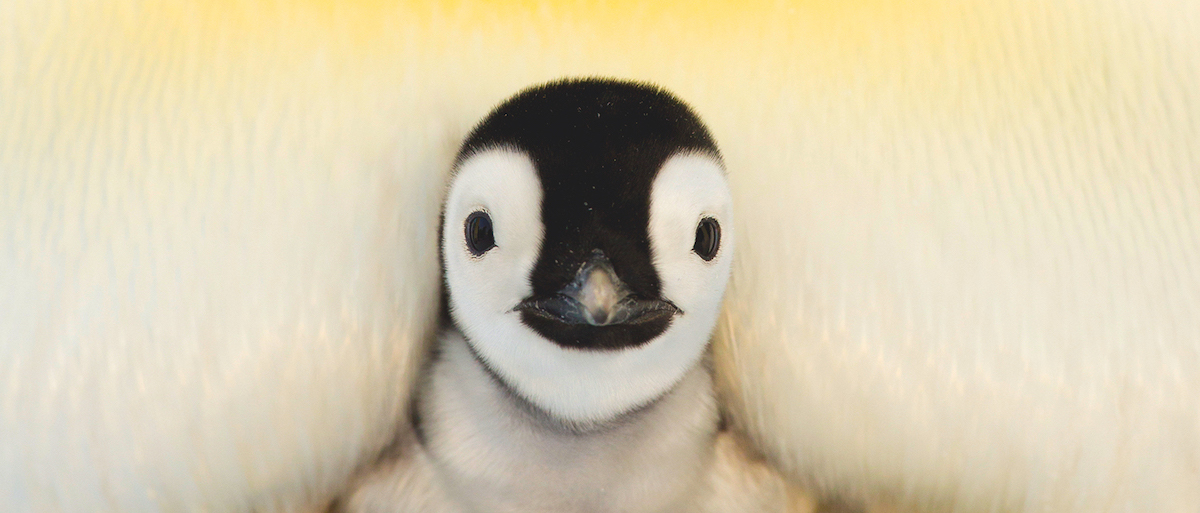
Baby Penguins: The Enchanting Journey from Egg to Adulthood
In the vast and icy landscapes of Antarctica, a remarkable spectacle unfolds each year as thousands of penguins embark on the arduous journey of parenthood. Among these extraordinary creatures, baby penguins stand out as symbols of resilience, adaptation, and the indomitable spirit of life.
Hatching: A Delicate Beginning
The life of a baby penguin begins within a fragile egg, meticulously incubated by its devoted parents. After a period of approximately 50-60 days, the tiny chick emerges from its shell, its downy feathers still damp and its eyes wide with wonder.
At this vulnerable stage, baby penguins are entirely dependent on their parents for warmth, food, and protection. They huddle close to their mothers, seeking shelter from the harsh Antarctic elements.
Growth and Development
As the days turn into weeks, baby penguins undergo a remarkable transformation. Their downy feathers gradually give way to waterproof plumage, enabling them to withstand the icy waters of the Southern Ocean. Their bodies grow stronger, and they develop the agility and coordination necessary for swimming and diving.
During this period of rapid growth, baby penguins consume vast quantities of food. Their parents tirelessly hunt for krill, fish, and squid, regurgitating the nutritious meals directly into their hungry mouths.
Crèches: A Safe Haven
As baby penguins grow older, they form crèches, large groups of chicks that huddle together for warmth and protection. These crèches can number in the thousands, creating a cacophony of squawks and cheeps that echoes across the penguin colony.
Within the crèches, baby penguins learn vital social skills. They interact with their peers, establish dominance hierarchies, and develop the bonds that will sustain them throughout their lives.
Fledging: The Ultimate Test
At approximately 10-12 weeks of age, baby penguins reach a critical milestone known as fledging. This is the moment when they leave the safety of the crèche and venture out into the open ocean for the first time.
Fledging is a perilous undertaking. Baby penguins must navigate treacherous waters, avoid predators, and find their own food. However, they are equipped with an innate instinct and the skills they have acquired during their time in the crèche.
Independence and Maturity
As fledglings, baby penguins face numerous challenges. They must learn to hunt effectively, avoid predators, and navigate the vast expanse of the Southern Ocean. Through trial and error, they gradually develop the skills and knowledge necessary to survive and thrive in their icy habitat.
Over time, fledglings mature into independent adults. They form breeding pairs, establish territories, and raise their own chicks. The cycle of life continues, ensuring the survival of these remarkable creatures in the unforgiving Antarctic wilderness.
Conservation Challenges
Baby penguins face a multitude of conservation challenges, including climate change, habitat loss, and pollution. Rising sea levels threaten their breeding grounds, while plastic pollution poses a significant hazard to their health and survival.
Conservation efforts are crucial to protect baby penguins and ensure their future. These efforts include reducing carbon emissions, protecting penguin habitats, and raising awareness about the importance of these iconic creatures.
Conclusion
Baby penguins are a testament to the resilience and adaptability of life on Earth. Their journey from egg to adulthood is a captivating tale of growth, learning, and survival. By understanding and protecting these extraordinary creatures, we not only safeguard their future but also preserve a vital part of our planet’s biodiversity.
